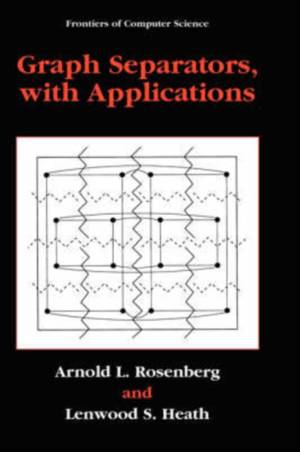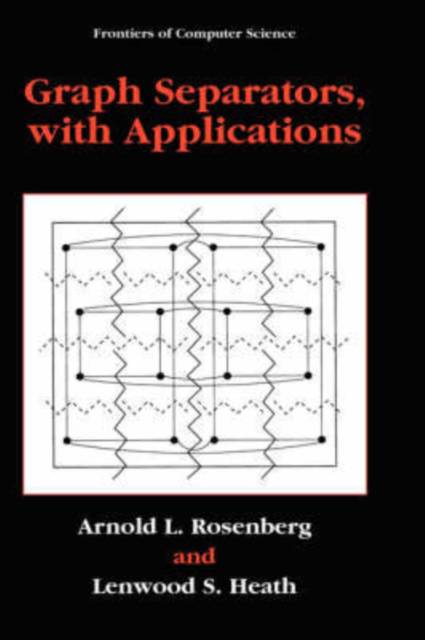
Door een staking bij bpost kan je online bestelling op dit moment iets langer onderweg zijn dan voorzien. Dringend iets nodig? Onze winkels ontvangen jou met open armen!
- Afhalen na 1 uur in een winkel met voorraad
- Gratis thuislevering in België vanaf € 30
- Ruim aanbod met 7 miljoen producten
Door een staking bij bpost kan je online bestelling op dit moment iets langer onderweg zijn dan voorzien. Dringend iets nodig? Onze winkels ontvangen jou met open armen!
- Afhalen na 1 uur in een winkel met voorraad
- Gratis thuislevering in België vanaf € 30
- Ruim aanbod met 7 miljoen producten
Zoeken
€ 146,45
+ 292 punten
Uitvoering
Omschrijving
Graph Separators with Applications is devoted to techniques for obtaining upper and lower bounds on the sizes of graph separators - upper bounds being obtained via decomposition algorithms. The book surveys the main approaches to obtaining good graph separations, while the main focus of the book is on techniques for deriving lower bounds on the sizes of graph separators. This asymmetry in focus reflects our perception that the work on upper bounds, or algorithms, for graph separation is much better represented in the standard theory literature than is the work on lower bounds, which we perceive as being much more scattered throughout the literature on application areas. Given the multitude of notions of graph separator that have been developed and studied over the past (roughly) three decades, there is a need for a central, theory-oriented repository for the mass of results. The need is absolutely critical in the area of lower-bound techniques for graph separators, since these techniques have virtually never appeared in articles having the word `separator' or any of its near-synonyms in the title. Graph Separators with Applications fills this need.
Specificaties
Betrokkenen
- Auteur(s):
- Uitgeverij:
Inhoud
- Aantal bladzijden:
- 257
- Taal:
- Engels
- Reeks:
Eigenschappen
- Productcode (EAN):
- 9780306464645
- Verschijningsdatum:
- 30/06/2001
- Uitvoering:
- Hardcover
- Formaat:
- Genaaid
- Afmetingen:
- 154 mm x 240 mm
- Gewicht:
- 612 g

Alleen bij Standaard Boekhandel
+ 292 punten op je klantenkaart van Standaard Boekhandel
Beoordelingen
We publiceren alleen reviews die voldoen aan de voorwaarden voor reviews. Bekijk onze voorwaarden voor reviews.











